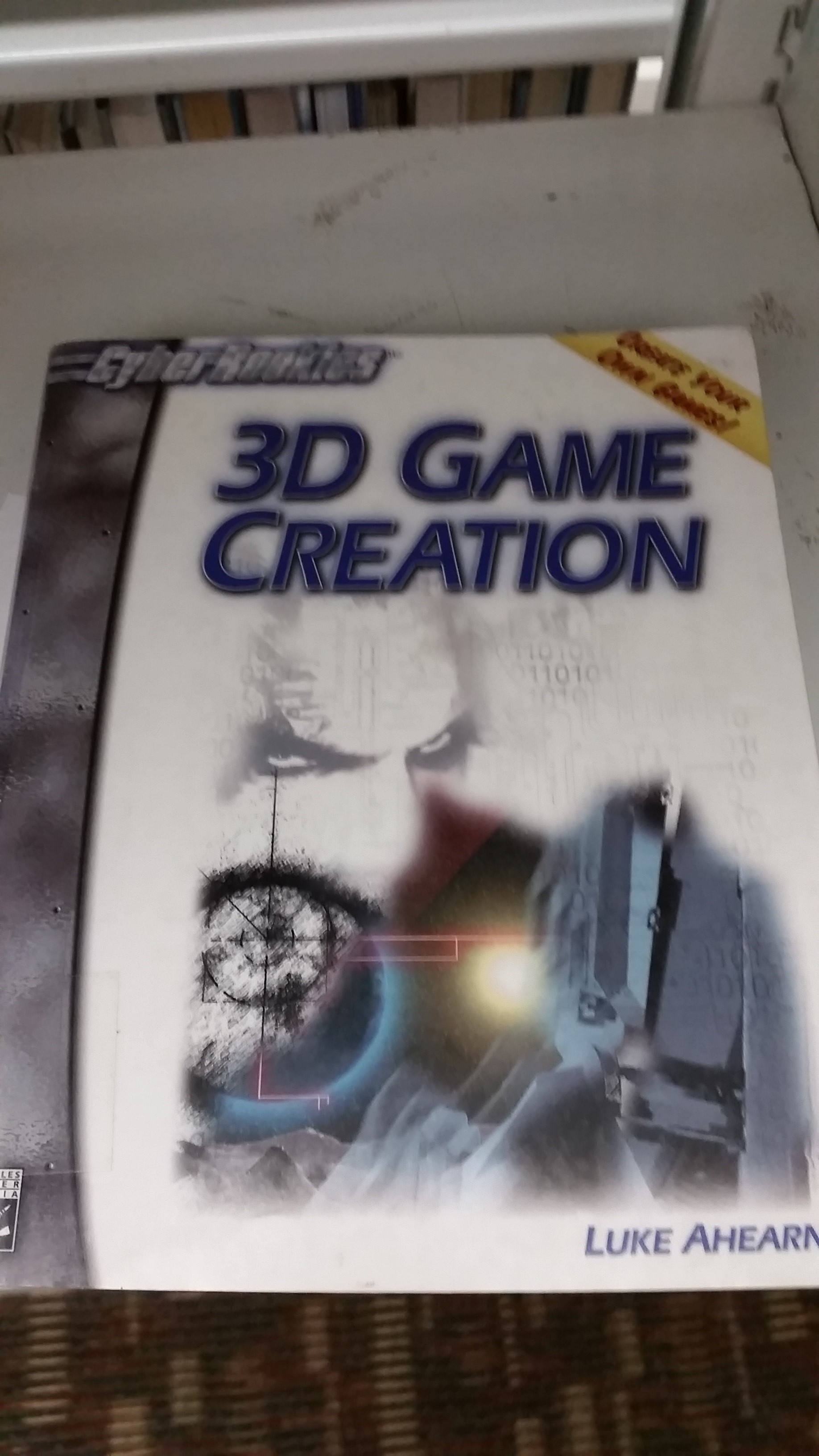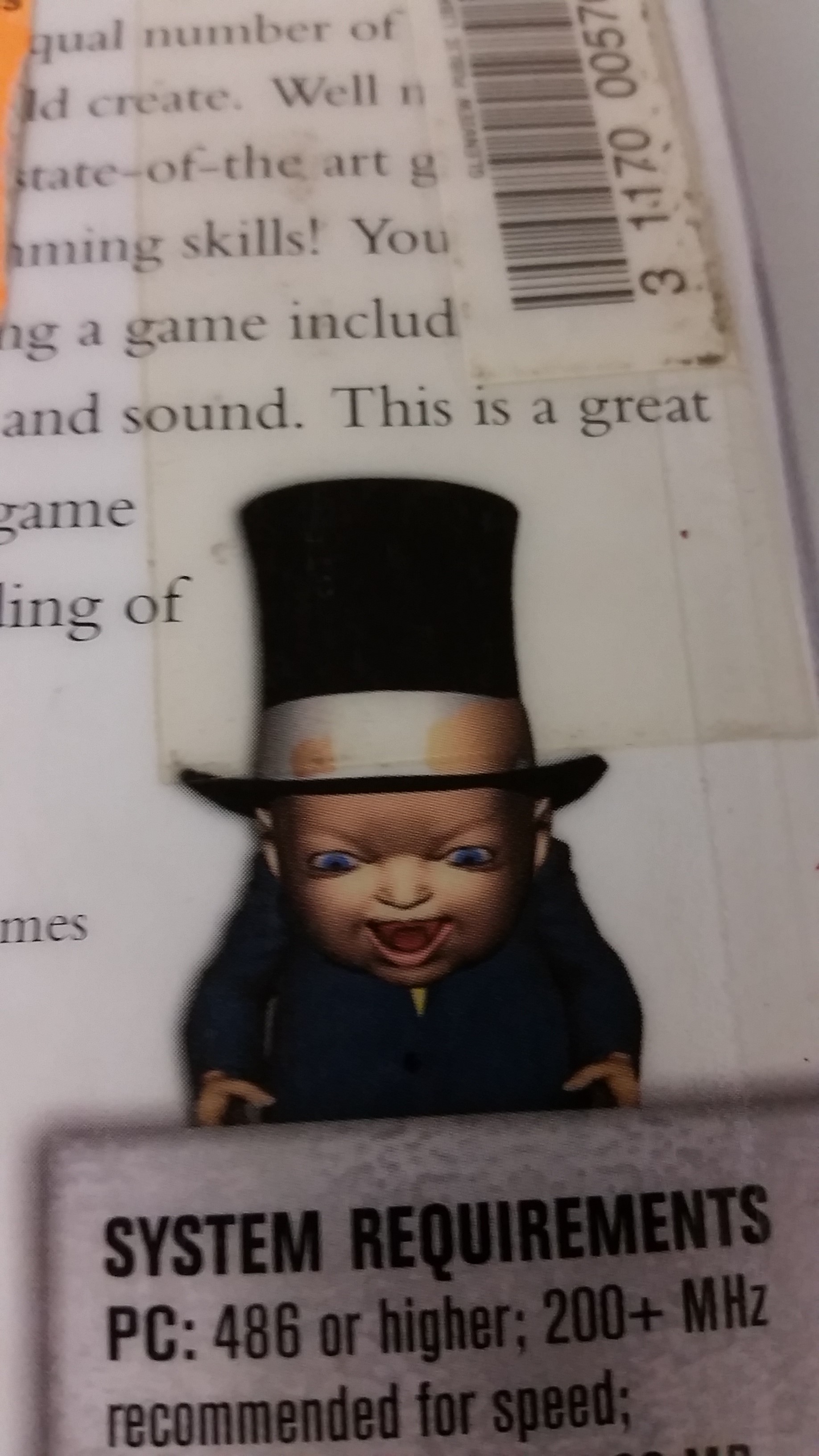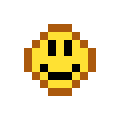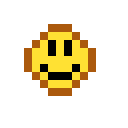Hi all, I just wanted to spend these few weeks talking about how I learned to create video games, and hopefully reading this series will be useful to anyone who wants to make games but doesn’t know how/where to start.
Let’s start with the infancy years, I played Sonic 2 and Ms. Pacman on the genesis, while also playing Dune 2, Descent and Chex Quest on a windows 95 computer. As a kid I’d take paper and crudely draw levels for my imaginary game. It was a pretty fun to just run my finger through each paper level and eventually get to the last one. This pattern would continue until my teens, until one day I tried going to a bookstore to learn about making games.
And I did find several, a “for Dummies” book, books with catchy phrases like “learn to make games in 2 hours”, and other random ones that if I were to look back, didn’t actually teach the reader to make games but felt like a false allure. While they’d have a bonus CD at the last page full of weird demo-scenes and incomplete games. I realized afterward that they really didn’t provide any helpful material. What I really was searching for was a program I could use to start creating these so called video games.
I had given up during my teens for a little while, it was simply too frustrating that the material wasn’t really providing the avenue I needed (unlike today where you can easily learn something by just google searching almost anything).
It was only later, when I was at the library that I decided to use a catalog computer to try searching again for the topic on creating video games. A result had popped up, several in fact. So I went upstairs to a place I hardly stepped foot in, the grown-up section. It was full of deeper topics, books with less colorful covers, more pages and contained words that probably used Almost every word from a Merriam-Webster dictionary (yeah this was during the internet infancy).
I would soon find a book on creating games…A book cover that looked pretty rad at the time. It changed my life forever.

In the early 2000s, if you had 3-D edgy sci-fi art on your book cover, along with bold words that sounded cool together, you probably had a good chance of getting someone to look at your material.
I mean it looked enticing, there was even a bonus CD at the back which was a good sign. It seemed like it held more promise that the other times I had tried.

3-D baby with top-hat. Welcome to the early 2000s
I rented the book from the library and soon installed the software it came with, which I soon found was none other than The Games Factory.
To Be Continued…
-Brandon



